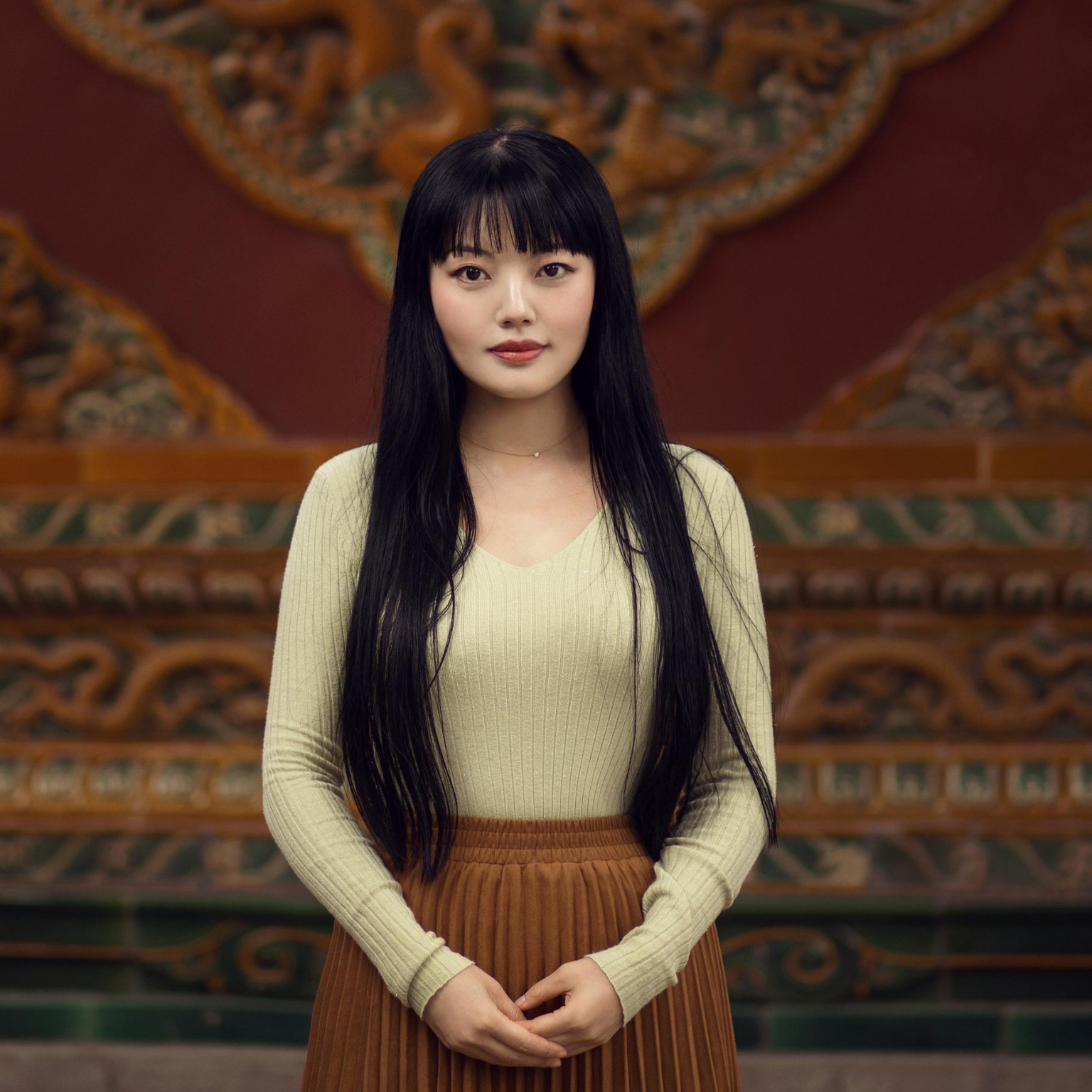Yuge Zhou, video and installation artist from China, based in Chicago. Photography © Y. Zhou
1.In your opinion what is the role of a museum?
Museums, of course, are windows into history and past cultures or, at the very least, a site of beauty that provides people with mental escape. But more importantly, museums have the power and obligation to challenge us to reexamine our thoughts and ideas about socially engaged issues and how we are to live.
It is an important force to push society and political leaders, as well as economic engines and culture forward and interrogate their direction.
2.What are your favorite museums in the world? Why?
The Art Institute of Chicago is like my backyard, having studied at the School of the Art Institute. I frequented the galleries, sometimes just to seek a moment of escape by transporting myself into the world of atmospheric masterpieces of French impressionists or many other European and American painters.
But most often, I enjoy visiting the modern wing section to check out their contemporary art collection and special exhibitions, which speak to the current moment in our culture and help me understand who I am as an artist and a citizen of the world.
3.How important are social networks in your business? And which platform do you prefer and why.
I prefer to use Instagram to engage with an international community of like-minded artists and audiences. I also like how simple and personalized it is for artists to share their work and stories in order to build their brands. I’ve received my first major commission for a LA-based collector who discovered my work through Instagram.
I think Instagram is also a great platform for organizations/institutions (now more than ever) to present their collections as an alternative to site locations. A current exhibition I’m participating in is entitled “The New Art Fest: Gen Y” that features contemporary Chinese artists’ work. The festival had taken place at various art venues in Lisbon, but this year it has been moved entirely online due to the covid-19 situation.
Their organizers and curators have been effectively using Instagram and websites as main sources to share the artists’ work and events/talks around the exhibitions.
4.In particular, due to the coronavirus emergency, how have you changed your business on social networks?
Due to the covid-19 situation, the art community has established the idea of sharing art online. But this was done quickly and urgently. Now we can slow down and build on this infrastructure.
I think it is extremely relevant for artists to examine how they can showcase their work more effectively online, so as to build more narratives around the work, share more of the behind-the-scenes in our studios, or present photo/video documentation about a specific piece.
These forms are just as important as seeing the artwork in person. I do think that video/time-based art has a particular agility when it comes to online experiences and can be more easily adopted for social media. As an honorary mention of Prix Ars Electronica 2020 at Linz, Austria, I was invited to show my work Underground Circuit at various venues hosted by the festival. The organizers have decided to present this year’s festival as a hybrid of virtual and physical formats with online streaming and installation at Ars Electronica Center.
I’m putting together video documentation of my work Underground Circuit along with the original video format to give audiences more context of how the work would be installed if they were to experience it in person. I am also creating a short video of an artist talk in my studio to share more process footage and context about my work.
5.To create greater engagement among museums, artists and professionals, do you have any advice for cultural projects such as #MuseumWeek?
To follow up on my previous point, it’s also important not only for artists but also for museums/organizations to adapt to this new situation and to provide more opportunities for artists to show their work in more accessible and creative formats.
Museums also need to find a way to implement innovative programs online and turn their websites and social platforms into a form of public art. Another aspect is that I think museums, artists, and professionals can be more involved in teaching artforms to the younger generation, engaging younger artists, and cultivating young people to think about how art relates to their lives.
We need to think about developing future audiences and collectors for artwork. Museums can provide a safe place where we can talk about different art and cultures, and by doing so, it will open up other forms of communication.
Interview by Fabio Pariante, journalist
MORE
Yuge Zhou on social networks: Instagram – Facebook – Vimeo
At the age of five, Yuge Zhou became a household name in China as the singer for a popular children’s TV series. Yuge came to the US a decade ago to earn a degree in computer science and subsequently moved into video art and installations.
Motivated to transform herself into a hybrid of two cultures, Yuge’s work addresses connections, isolation, and longing across urban and natural environments. She creates immersive experiences through digital collaging and sculptural reliefs. Her recent projects explore metaphorically her personal history as an immigrant, as well as bonds between her homeland and adopted country.
She is incorporating live choreographed dancers as a vehicle to explore the intersection between performance and video. In addition, she curates the 3300-square foot 150 Media Stream, a unique public digital art installation in Chicago. Yuge received the Santo Foundation Individual Artist Award (United States) and Honorary Mention in the 2020 Prix Ars Electronica (Austria). The artist lives and works in Chicago.



